Steps for creating a table and inserting data into it in oracle database have been give here. OracleTest.java file presents the connectivity code for database. It initially loads the diver (“sun.jdbc.odbc.JdbcOdbcDriver”) and creates the connection with the database using DSN (“user”). Then statement object is created for the established connection that executes the query (“select”) mentioned and produces the result of query execution (ResultSet).
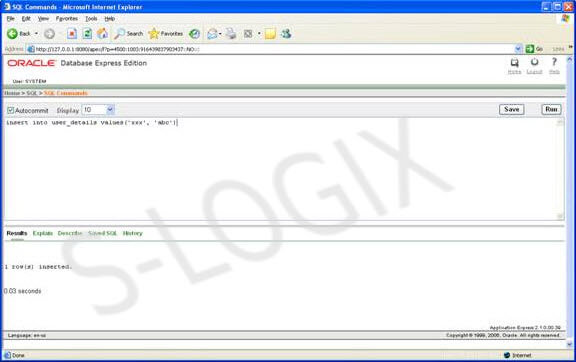
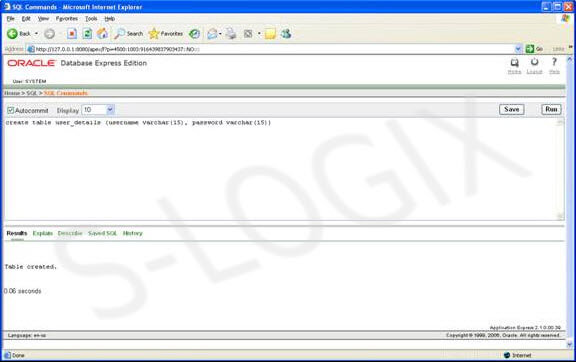
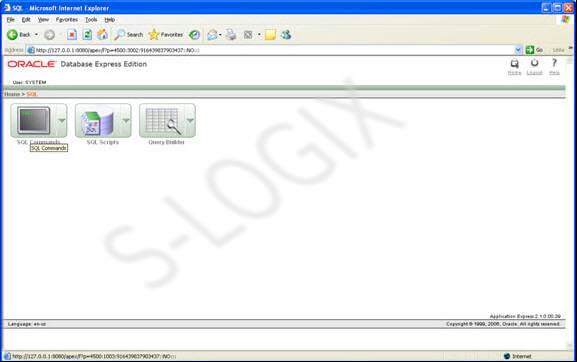
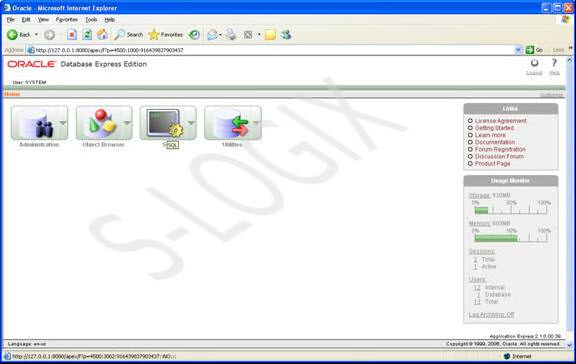
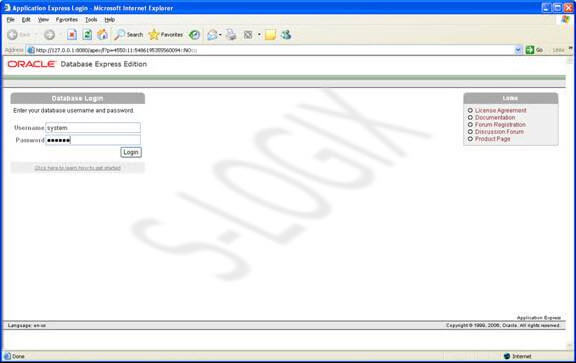
import java.sql.*;
class OracleTest {
public static void main(String args[]) {
String username="system";
String password="system";
try {
// loading driver
Class.forName("sun.jdbc.odbc.JdbcOdbcDriver");
// Connection set up with database with dsn name as user
Connection c = DriverManager.getConnection("jdbc:odbc:user",username,password);
// Creating statement for the connection to use sql queries
Statement st = c.createStatement();
// Executing sql query using the created statement over the table user_details located in the database pointing by the dsn
ResultSet rs = st.executeQuery("SELECT * from user_details");
// Accessing the result of query execution
while(rs.next())
{
username = rs.getString(1);
System.out.println(username);
}
// Closing the statement and connection
st.close();
c.close();
}
catch (Exception e) {
System.out.println(e);
}
}
}
.